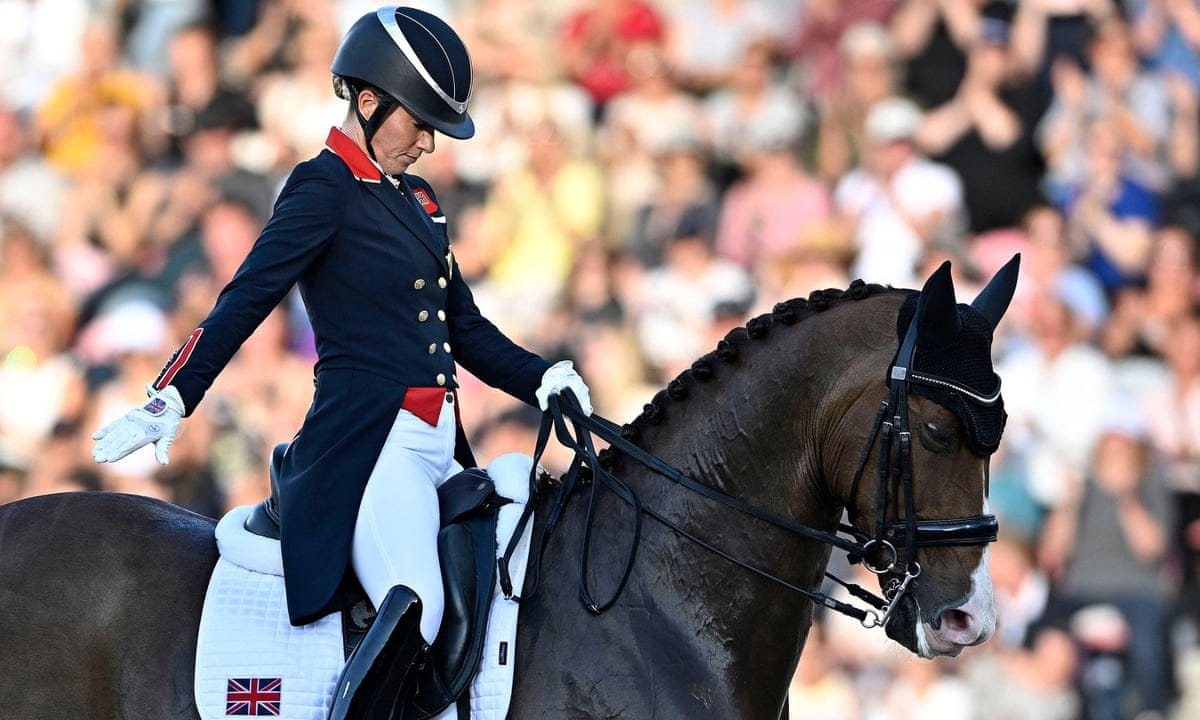Whips, spurs, nosebands, bits, and bridles are tools utilized by equestrian practitioners across the globe; however, pinpointing the line between appropriate training methods and animal abuse often appears elusive.
The Olympic-level rider Charlotte Dujardin faced a ban of six months after being captured on film whipping her horse during practice. “It was not in keeping with my usual coaching style,” she stated, expressing deep regret for the incident.
Proponents of equestrian practices argue that experienced trainers understand what horses require and can interpret their needs better than a lay observer could discern from afar. They posit that imposing dominance upon these intelligent creatures is unproductive; instead, working harmoniously with them should be the goal for any skilled trainer.
South Africa-based event rider Sarah Arnot Mulhern highlights a historical perspective on horse training dating back over 4,000 years, referencing Xenophon's "The Art of Horsemanship" as one of the earliest documented texts. She contends that with horses weighing around 500 to 600 kilos, it is near impossible to forcibenas them to learn tasks they do not desire, an assertion she uses to illustrate their need for a compassionate approach in training.
However, some controversial techniques have sparked debate within the equestrian community. Hyperflexion (also known as Rollkur) and blue tongue are examples of such practices that raise concerns about potential harm or discomfort inflicted on horses during certain training methods.
While regulations exist to govern the use of whips in competitive riding, some argue for a cautious approach when considering their role within the sport. The consensus among many equestrian enthusiasts leans towards promoting horse welfare and encouraging respectful practices that prioritize the well-being of these noble creatures.
Read next

Poppy McIlroy Emulates Father's Skill on Putts at Augusta National
Rory McIlroy's four-year-old daughter, Poppy, made a challenging putt in the Family Day Tournament ahead of the 89th Masters.
The Northern Irish golfer described this moment with his child as "quite enjoyable". “It’s just such an entertaining afternoon,” McIlroy commented while enjoying time out on

McIlroy asserts embracing 'heartache' from Masters could benefit his chase for victory in Augusta
Rory McIlroy believes embracing the "heartbreak" from his sporadic journey for Masters triumph could be crucial to securing another Green Jacket. His latest endeavor towards a career major achievement commences on Thursday at Augusta National.
McIlroy is reminded that nearly 11 years have elapsed since he last clinched

Lando Norris Supports FIA Action Against Red Bull's 'Tea Tray' Technological Advantage
Lando Norris has welcomed the FIA's response to a potentially illegal device found on his world championship rival Max Verstappen’s Red Bull vehicle, following concerns it might contravene regulations for performance enhancement during races when adjustments between qualifying and actual events are prohibited.
As he gears up

